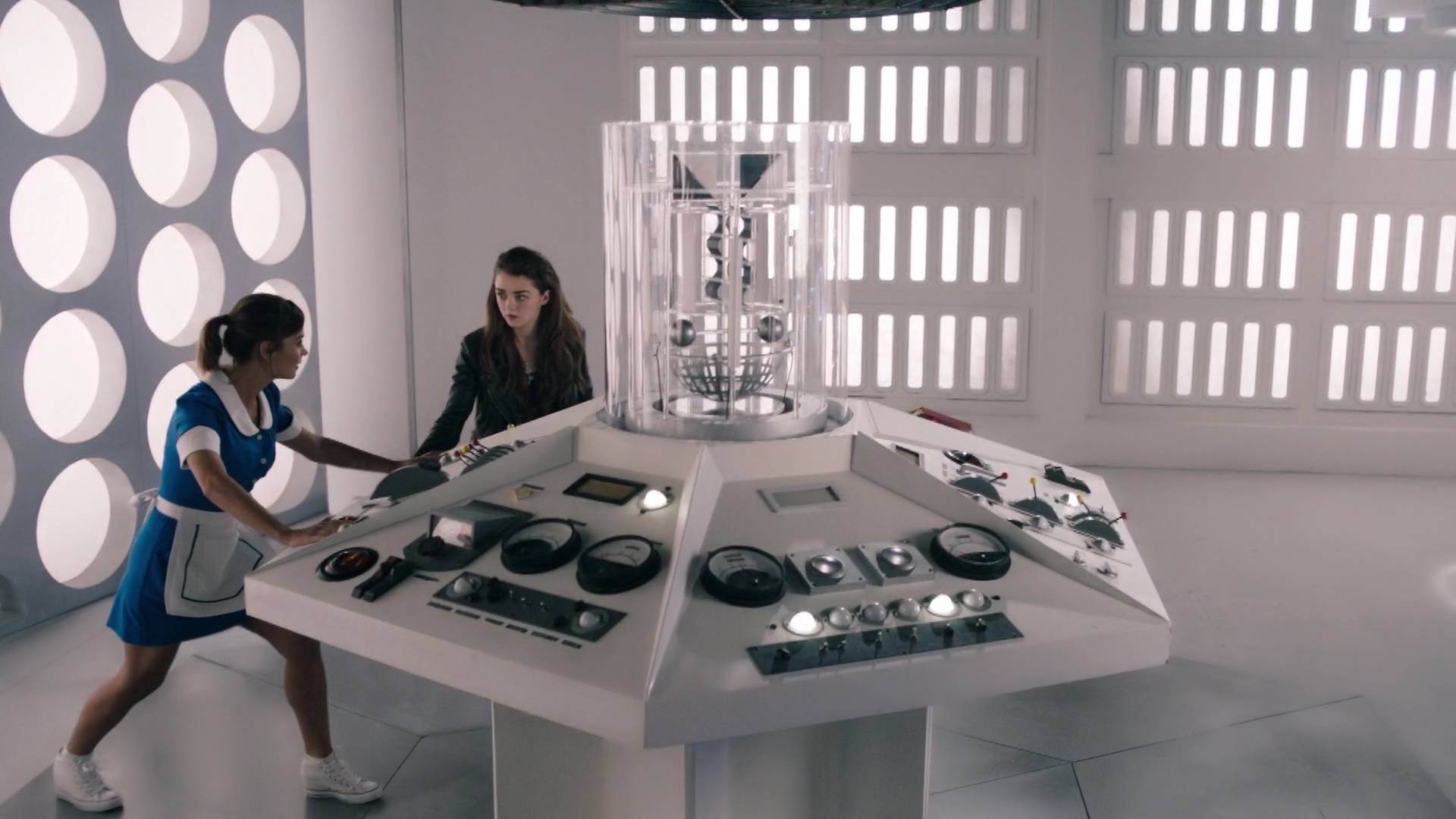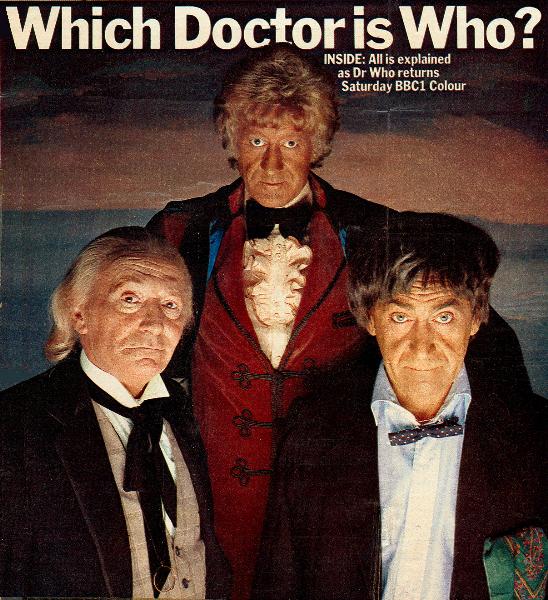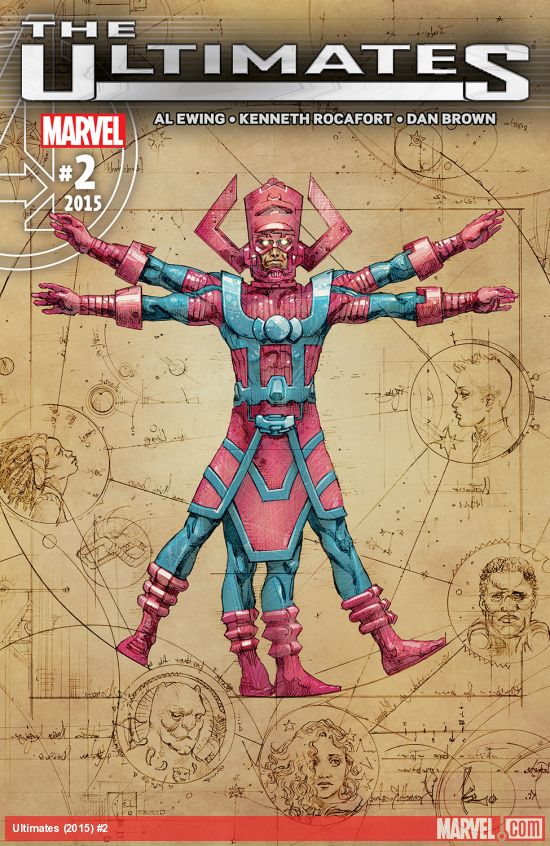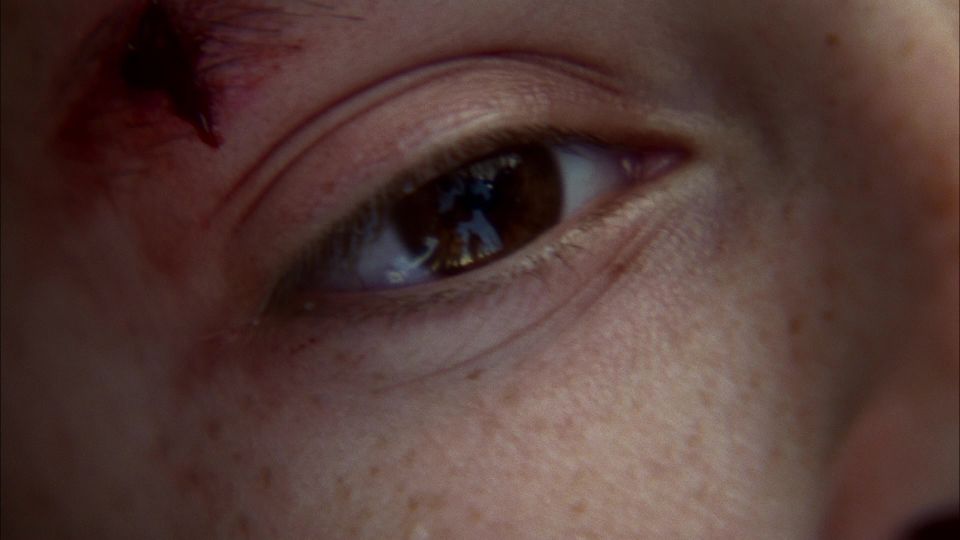“What war hasn’t been a war of fiction?”: The Storyteller
One of the big advantages Star Trek: Deep Space Nine has, regardless of whether or not Star Trek fans think it’s actually an advantage or not, is, as we have established, its stationary location. But this asset doesn’t just apply to the titular space station, it also applies to the nearby planet: After all, the whole point of setting this show so close to Bajor in the first place was to allow for development of one specific planetary society above and beyond what just having a representative as part of our crew would facilitate.
The biggest problem Star Trek has from an ethical anthropological standpoint is its well-known predilection to fall into the “planet of hats” issue. In less netspeak terms, this means Star Trek has an annoying tendency to depict extraterrestrial civilizations as monocultures in service to metaphor and allegory. Star Trek isn’t the only sci-fi-fantasy work to have this problem (in fact I’d argue it’s effectively endemic to the genre) and I don’t even think it’s anywhere near the worst perpetrator of it, but it is a problem Star Trek is famous for having. There are a number of reasons for this, most of which have to do with the inherent problems of using people or groups of people as dolled-up metaphor in this way, but the one that’s relevant to tonight’s discussion is the inescapable fact that a voyaging starship can’t stay in one port of call long enough to flesh out any given society to the realistic extent they really deserve. Because in theory this is something Star Trek: Deep Space Nine is primed to alleviate and another huge reason why it’s such a necessary second perspective on the Star Trek universe. With our city’s proximity to Bajor, there’s really no functional narrative reason why it need be depicted in the traditionally shallow and superficial sci-fi-fantasy way.
(Actually I tell a lie for the purposes of argument. Star Trek’s biggest problem from an ethical anthropological perspective isn’t the planet of hats issue, it’s the Prime Directive. But I’m not about to dig up that old chestnut again.)
“The Storyteller” is the first episode to really grapple with the potential this setup offers the show, and it succeeds with flying colours. We get not one, not two, but *three* different representations of Bajoran culture that differ from what’s been established thus far across both the A- and B-plots and the story even throws us Kira in specific opportune moments to further the contrast. There’s of course the village of the Sirah that Julian and Miles visit, but also the Paqu and Navot delegations that Commander Sisko has been asked to mediate between. In each case, we get to see glimpses of folk belief and cultural norms and attitudes that differ just enough from established dogmatic Prophets theism that it’s uniquely memorable: The first Sirah obviously talks a lot about destiny and chosen ones being sent from on high wand whatnot, but it’s obvious this is mostly rhetorical bluster and the village has a special set of folk spiritualism all its own based around the Dal’Rok and the telling of the tales that’s found nowhere else on Bajor.…



 For our season finale (until Christmas) I’m joined by the legendary Kate Orman, writer of an appallingly large number of very good Doctor Who books. The first half is interview about her Virgin Books novels and her recent
For our season finale (until Christmas) I’m joined by the legendary Kate Orman, writer of an appallingly large number of very good Doctor Who books. The first half is interview about her Virgin Books novels and her recent  1. Chickens, Eggs, Context
1. Chickens, Eggs, Context Secret Wars #8
Secret Wars #8


